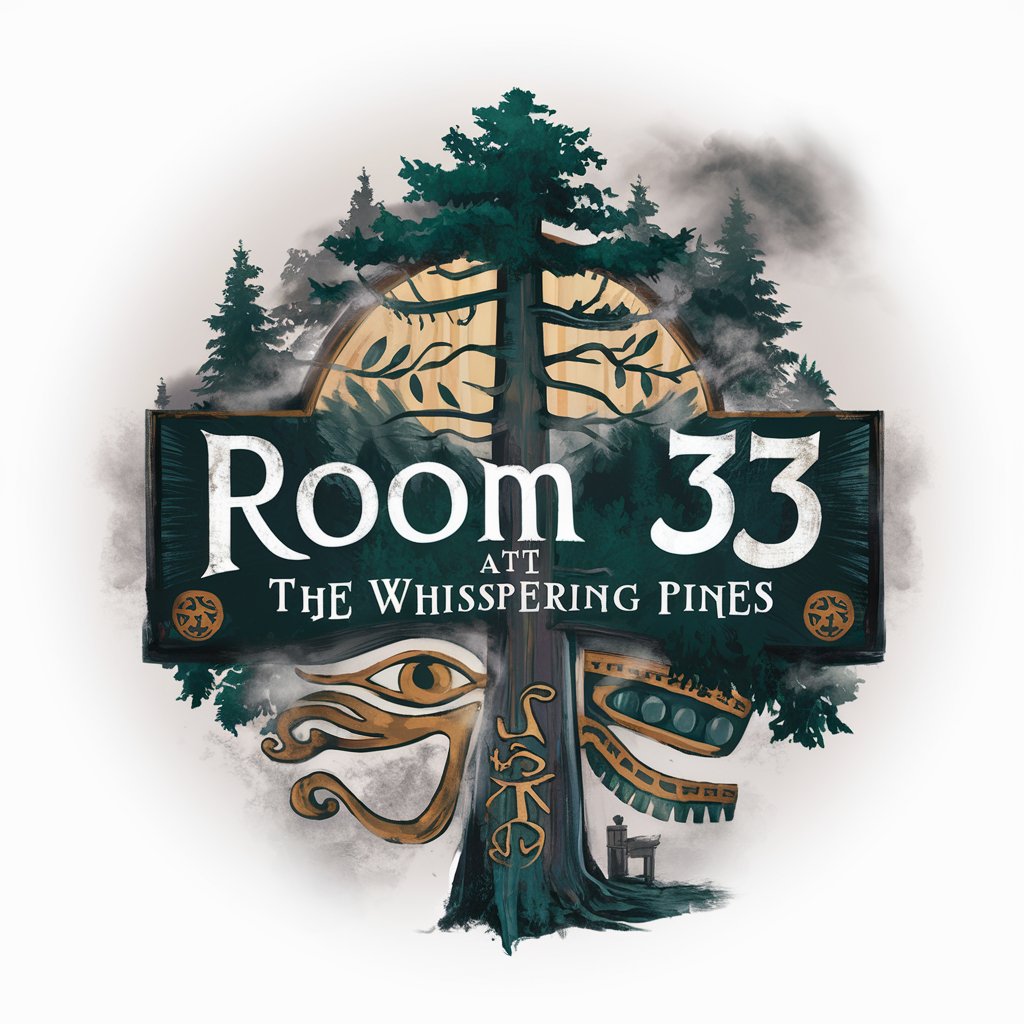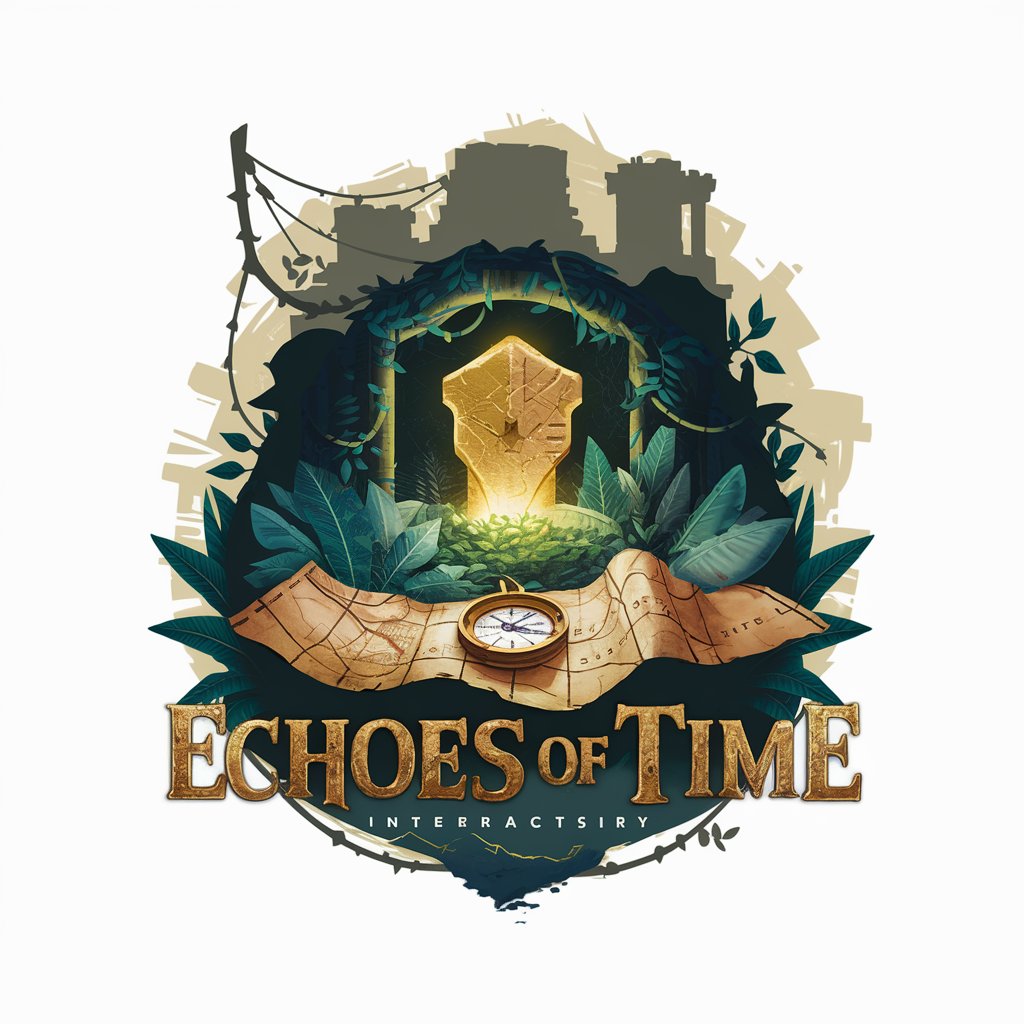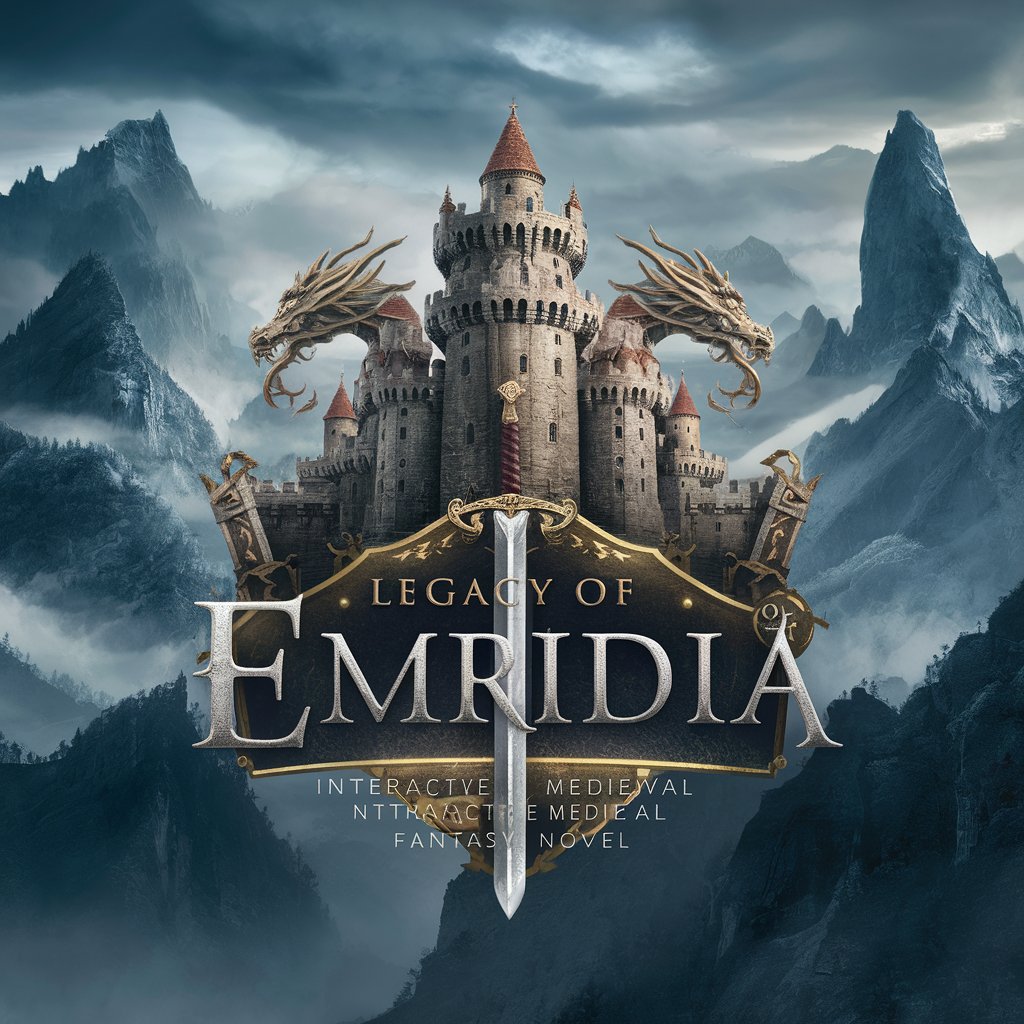5 GPTs for Choice-Driven Narrative Powered by AI for Free of 2025
AI GPTs for Choice-Driven Narrative are advanced generative pre-trained transformer models specifically designed to enhance and create interactive, choice-driven storytelling and content. These tools leverage the power of AI to generate dynamic narratives where choices made by the user can significantly alter the story's direction, outcomes, and experiences. They are integral in crafting personalized and engaging content, making them relevant for applications that range from interactive fiction to decision-based learning modules.
Top 5 GPTs for Choice-Driven Narrative are: Room 33,Your Romantic Fantasy,Echoes of Time by QuestForge,Legacy of Emridia,Eerie Encounter
Room 33
Unravel Mysteries with AI-Powered Tales

Your Romantic Fantasy
Craft Your Love Story with AI

Echoes of Time by QuestForge
Shape Your Story with Every Choice

Legacy of Emridia
Unravel Emridia's Legacy Through Choice and Image

Eerie Encounter
Immerse in AI-Powered Horror Tales

Distinctive Attributes and Functions
These AI tools boast a wide array of capabilities, from generating intricate storylines based on user decisions to adapting narratives in real-time. Core features include advanced natural language processing for understanding and responding to user choices, machine learning algorithms for evolving story paths, and adaptability across various narrative complexities. Special functionalities may encompass language translation, technical support for developers, web-based research for enriching narratives, image creation for visual storytelling, and data analysis for understanding user engagement and preferences.
Who Benefits from Choice-Driven AI Narratives?
The primary beneficiaries include narrative designers, game developers, educators, and content creators aiming to produce engaging, interactive content. These tools are accessible to novices without programming skills, thanks to user-friendly interfaces, and offer extensive customization options for developers and professionals seeking to tailor experiences or integrate AI narratives into larger projects.
Try Our other AI GPTs tools for Free
Technical Exercises
Discover AI GPTs for Technical Exercises: your gateway to mastering technical tasks with ease. Tailored AI solutions for learning, development, and problem-solving in technical fields.
Poetry Analysis
Discover how AI GPTs for Poetry Analysis transform the study and creation of poetry with advanced, accessible tools for enthusiasts, educators, and professionals alike.
Methodology Enhancement
Explore the transformative potential of AI GPTs for Methodology Enhancement, designed to elevate methodologies across domains with cutting-edge AI insights.
Email Verification
Discover the power of AI GPTs for Email Verification: Tailored solutions for validating emails, enhancing marketing strategies, and protecting against fraud.
Website Authenticity
Discover how AI GPTs for Website Authenticity can safeguard your online experience, offering advanced analysis to combat misinformation and ensure the credibility of web content.
Message Analysis
Discover how AI GPTs for Message Analysis can transform your text data into actionable insights with advanced analysis, sentiment detection, and customizability.
Expanding Horizons with AI Narratives
Beyond entertainment, AI GPTs for Choice-Driven Narrative are finding applications in education, training, and even mental health, offering personalized and engaging ways to learn, train, and explore. Their ability to simulate complex decision-making scenarios and provide immediate narrative feedback opens new possibilities for interactive storytelling and content creation.
Frequently Asked Questions
What is a choice-driven narrative in the context of AI?
A choice-driven narrative involves stories or content where the user's choices directly influence the direction or outcome of the narrative. In AI, this concept is applied to create dynamic and interactive experiences through automated story generation.
Can AI GPTs generate images for narratives?
Yes, some AI GPT tools have image creation capabilities, allowing them to generate visuals that complement the narrative, enhancing the storytelling experience.
Do you need programming skills to use these tools?
No, many of these tools are designed with user-friendly interfaces, making them accessible to individuals without programming skills. However, developers can utilize additional features for customization.
How do AI narratives adapt to user choices?
AI narratives use machine learning and natural language processing to understand user choices and generate appropriate narrative paths, ensuring a cohesive and engaging story experience that reflects those decisions.
Can these tools be integrated into existing platforms?
Yes, many AI GPT tools for choice-driven narratives offer APIs or other integration options, allowing developers to embed these capabilities into existing platforms or applications.
How do these tools handle multiple story outcomes?
They employ complex algorithms to manage and evolve multiple narrative threads, ensuring each choice leads to a coherent and unique storyline, thus handling various outcomes efficiently.
Are these tools suitable for educational content?
Absolutely, educators can use these tools to create interactive and decision-based learning experiences, making educational content more engaging and personalized.
What kind of support is available for these tools?
Support varies by tool but typically includes documentation, tutorials, user forums, and sometimes direct technical support to help users maximize the tool's capabilities.